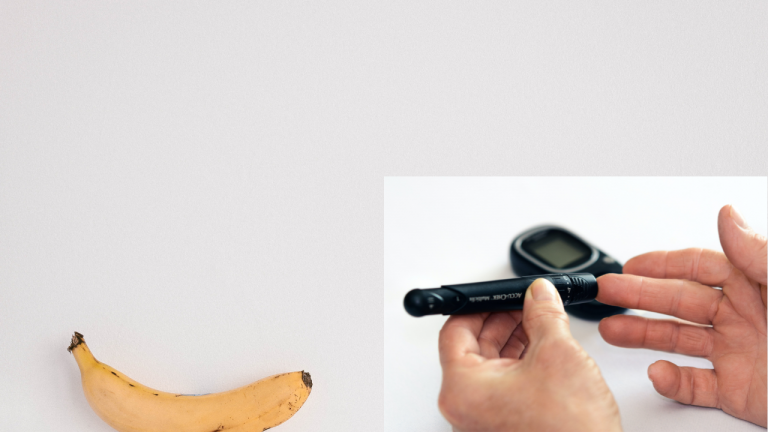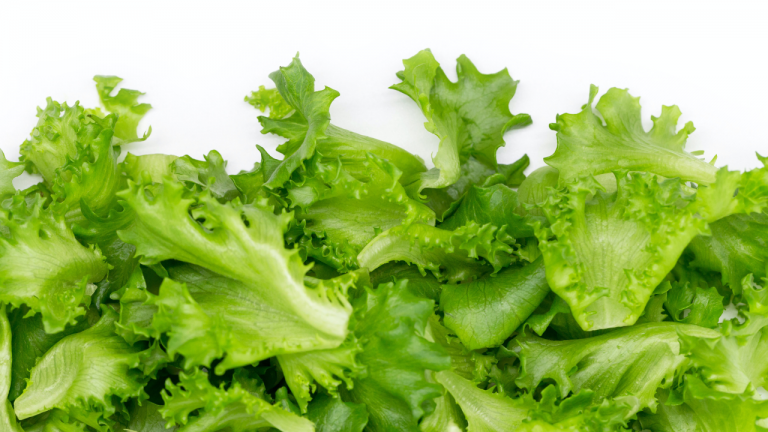Eat to Beat Pain: Crafting Your Anti-Inflammatory Plate

Introduction
Chronic pain is a prevalent issue affecting millions worldwide, often resulting from inflammation in the body. While medications can offer temporary relief, they often come with side effects and don’t address the root cause. Enter the anti-inflammatory diet: a natural, sustainable approach to reducing inflammation and managing pain. By making strategic choices about what you eat, you can significantly impact your body’s inflammatory response and overall well-being. Let’s dive into the essentials of crafting an anti-inflammatory plate to help you eat to beat pain.
Understanding Inflammation and Pain
Inflammation is your body’s natural response to injury or infection, but when it becomes chronic, it can lead to persistent pain and a host of other health issues. Foods high in processed sugars, unhealthy fats, and refined carbohydrates can exacerbate inflammation, making pain worse. On the flip side, certain foods have powerful anti-inflammatory properties that can help reduce pain and promote healing.
Key Components of an Anti-Inflammatory Diet
- Fruits and Vegetables
- Berries (blueberries, strawberries, blackberries): Rich in antioxidants like anthocyanins, which reduce inflammation.
- Leafy Greens (spinach, kale, Swiss chard): Packed with vitamins A, C, and K, and anti-inflammatory flavonoids.
- Cruciferous Vegetables (broccoli, Brussels sprouts, cauliflower): Contain sulforaphane, a compound that fights inflammation.
- Healthy Fats
- Olive Oil: High in monounsaturated fats and oleocanthal, which has anti-inflammatory effects similar to ibuprofen.
- Avocados: Provide monounsaturated fats and antioxidants.
- Nuts and Seeds (walnuts, flaxseeds, chia seeds): Sources of omega-3 fatty acids, which reduce inflammation.
- Whole Grains
- Quinoa, Brown Rice, Oats: Rich in fiber and nutrients, they help maintain stable blood sugar levels and reduce inflammation.
- Lean Protein
- Fatty Fish (salmon, mackerel, sardines): High in omega-3 fatty acids, known for their anti-inflammatory properties.
- Legumes (lentils, chickpeas, beans): Provide plant-based protein and fiber, contributing to reduced inflammation.
- Herbs and Spices
- Turmeric: Contains curcumin, a potent anti-inflammatory compound.
- Ginger: Has anti-inflammatory and antioxidant effects.
- Garlic: Contains sulfur compounds that have anti-inflammatory properties.
Foods to Avoid
To maximize the benefits of an anti-inflammatory diet, it’s essential to minimize or avoid foods that can trigger inflammation:
- Processed Foods: High in unhealthy fats, sugars, and additives.
- Refined Carbohydrates: White bread, pastries, and sugary snacks.
- Red and Processed Meats: High in saturated fats and preservatives.
- Sugary Beverages: Soda, energy drinks, and high-sugar fruit juices.
- Trans Fats: Found in many fried and commercially baked products.
Sample Anti-Inflammatory Meal Plan
Breakfast:
- Smoothie with spinach, blueberries, flaxseeds, and almond milk.
Lunch:
- Quinoa salad with mixed greens, cherry tomatoes, cucumbers, avocado, and a lemon-olive oil dressing.
Dinner:
- Grilled salmon with a side of roasted Brussels sprouts and sweet potatoes.
Snacks:
- A handful of walnuts or a piece of fruit like an apple or a pear.
Tips for Success
- Stay Hydrated: Drink plenty of water throughout the day to help flush out toxins and support overall health.
- Plan Ahead: Prepare meals in advance to ensure you have healthy options available, even on busy days.
- Listen to Your Body: Pay attention to how different foods affect your pain levels and adjust your diet accordingly.
Conclusion
By focusing on nutrient-dense, whole foods and avoiding inflammatory triggers, you can take significant steps towards managing chronic pain naturally. Crafting an anti-inflammatory plate is not just about relieving pain—it’s about fostering a healthier, more vibrant life. Start today, and discover the powerful connection between what you eat and how you feel. Eat to beat pain and embrace the journey to better health.



